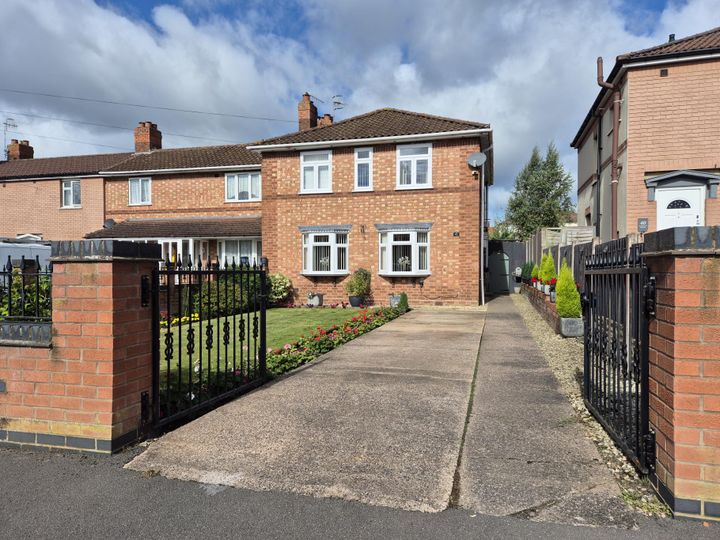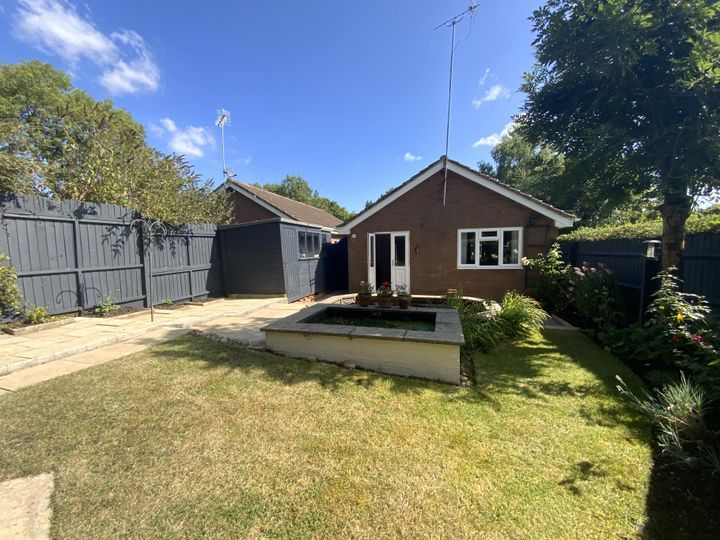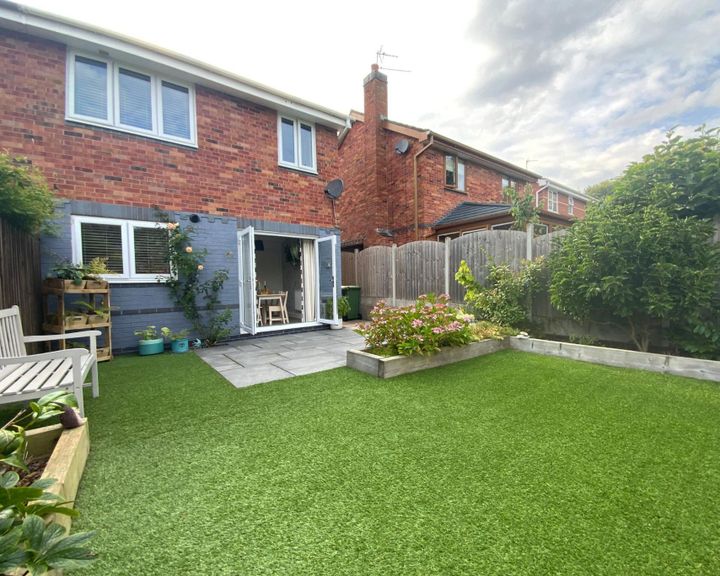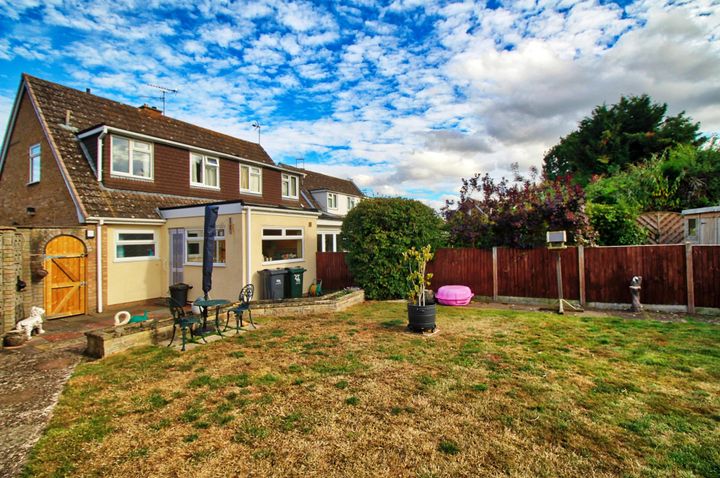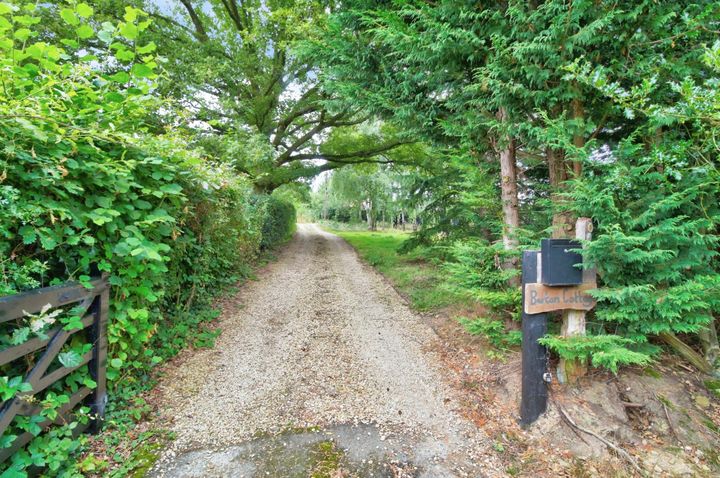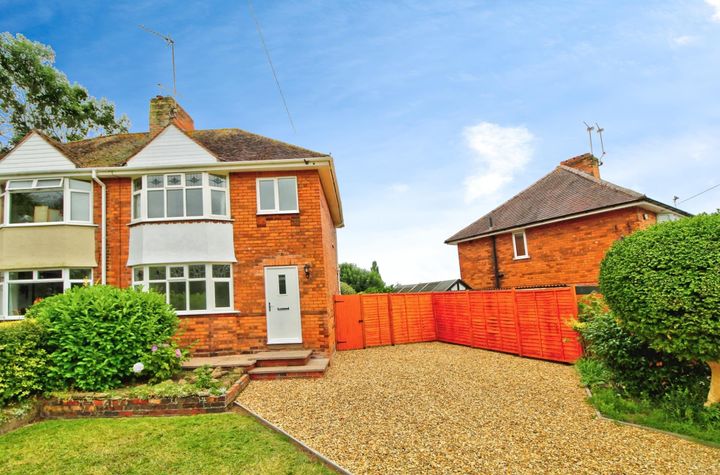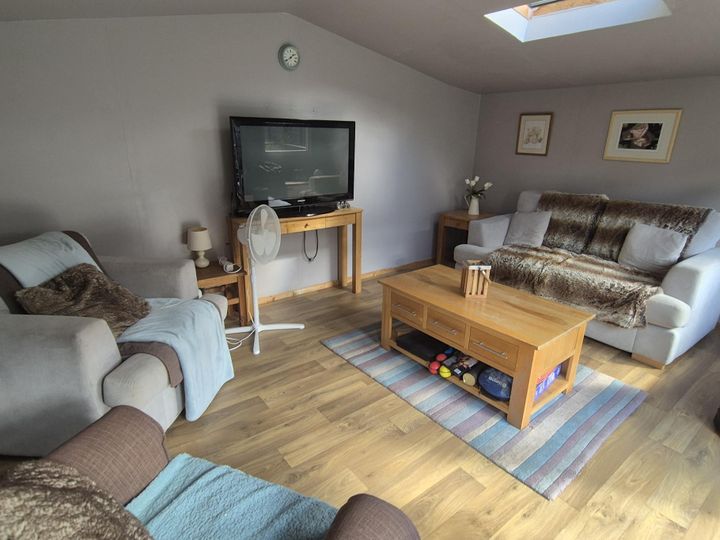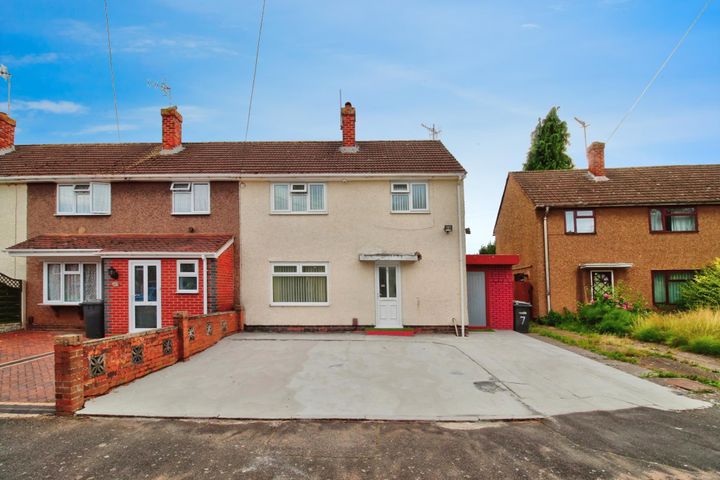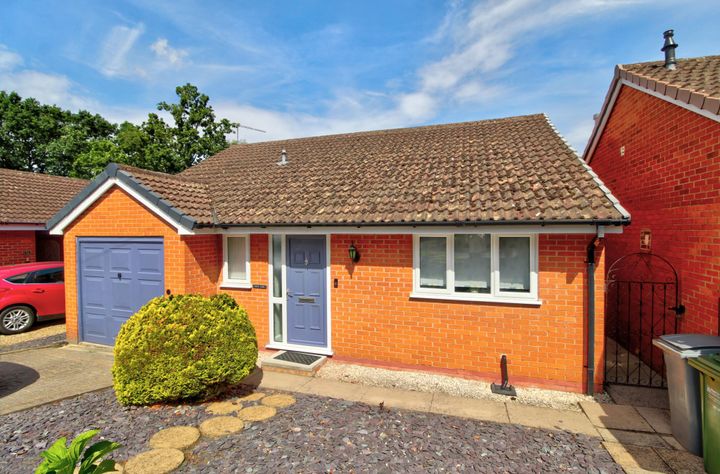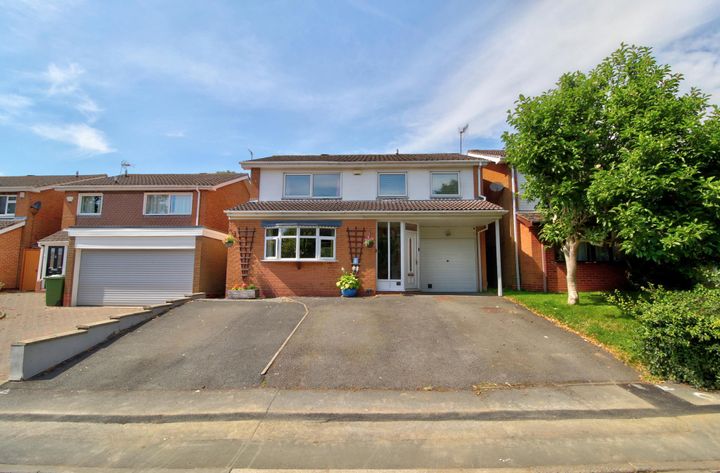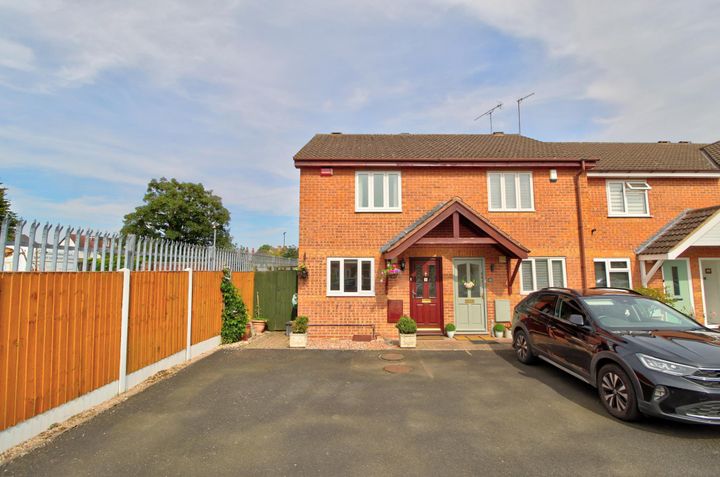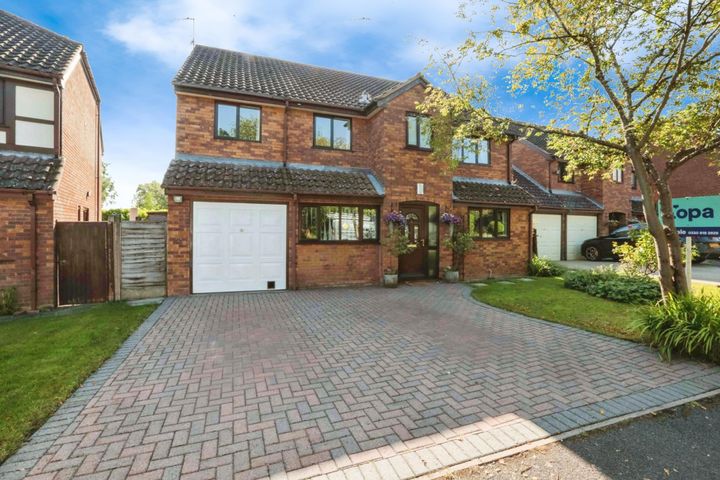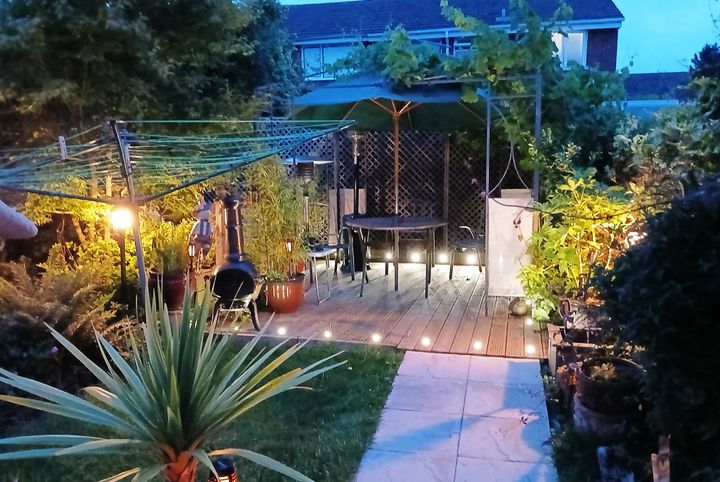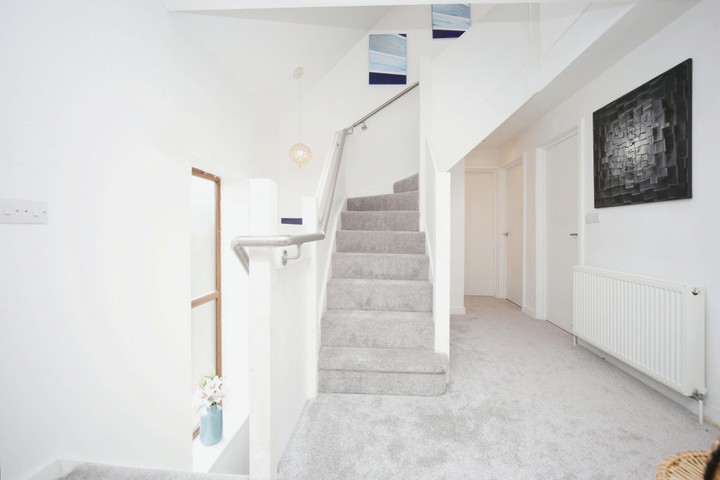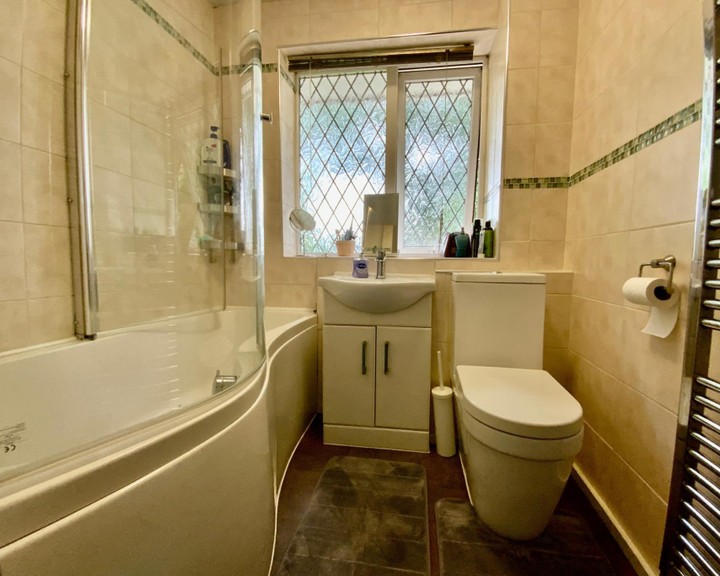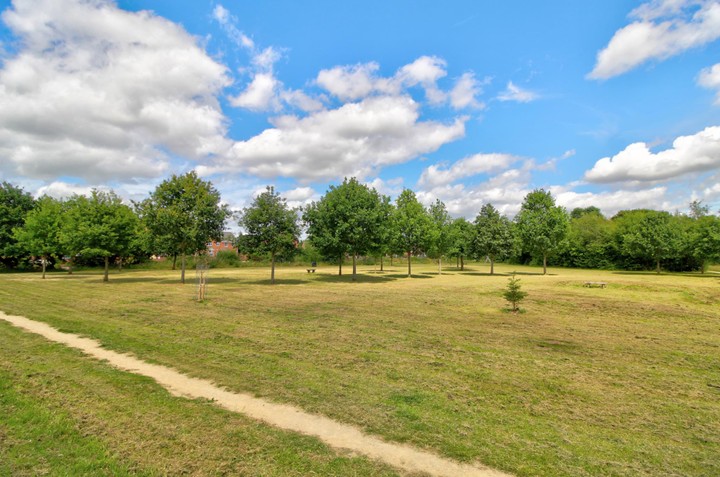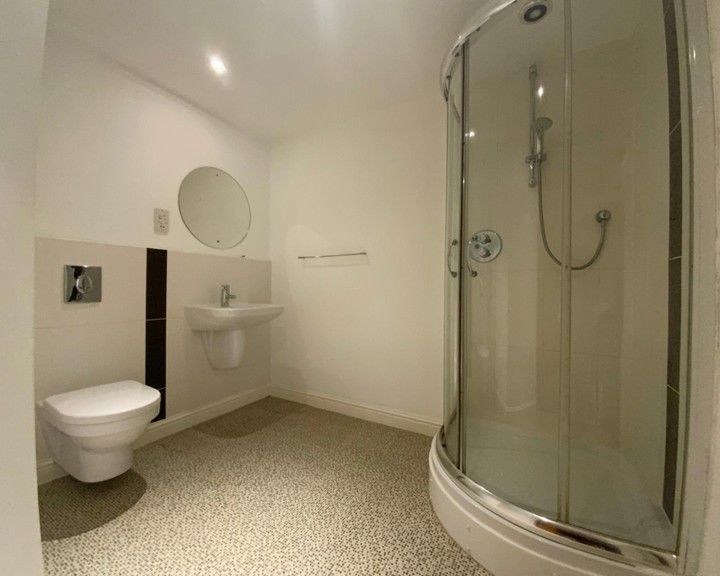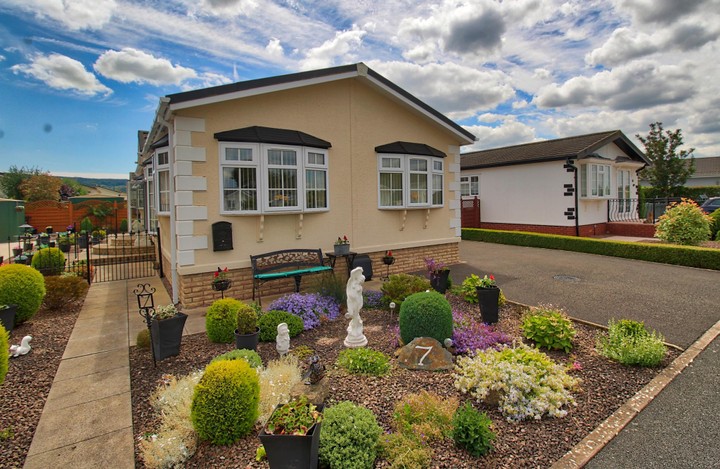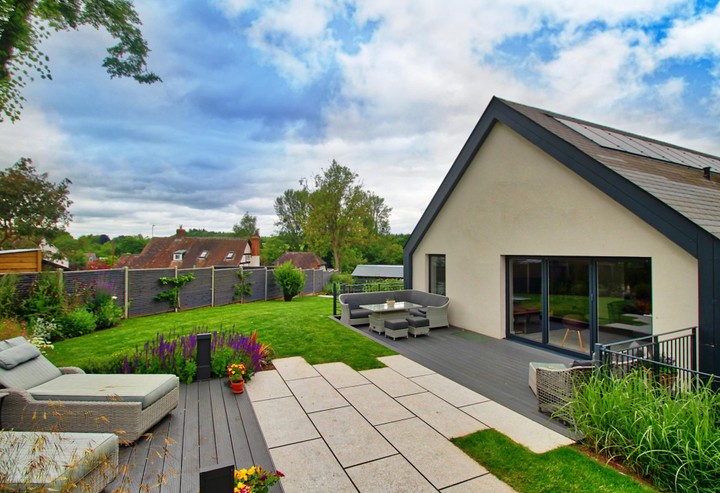The average home price in Worcester, UK, varies significantly depending on the area and type of property. As of late 2023, the average price for a residential property in Worcester is around £250,000. However, houses in more desirable neighborhoods can command higher prices; for instance, properties in the Barbourne area or near the city centre might reach upwards of £300,000 or more. On the other hand, homes in less central locations or in need of renovation can be found for considerably lower prices, sometimes starting from around £150,000. Additionally, new build developments in the outskirts are also emerging, with prices typically ranging between £270,000 and £400,000, depending on the size and specifications. The local market is influenced by factors such as proximity to amenities, schools, and transport links, all of which can affect property values.
Worcester
Location
Price Range
Any price
Price Range
Minimum
No min
Maximum
No max
Property type
Show all
Property type
Show all
House
Apartment
Building
Other
Bedrooms
Any beds
Bedrooms
Minimum
No min
Maximum
No max
Surface Range
Any surface
Surface Range
Minimum
No min
Maximum
No max
Sale type
For sale
Sale type
Show all
To rent
For sale
Location
Apartments and houses for sale in Worcester
49 results
Recent
Worcester insights
| Aspect | Summary |
|---|---|
| Population | 206,000 |
| Average Property Price | £230,000 |
| Rental Yield | 4.5% |
| Average Rent | £1,050 |
| Occupancy Rate | 95% |
| Capital Growth Rate | 3% per annum |
| Property Tax | £1,200 annually |
| Transaction Costs | 3% of property price |
| Expected ROI | 7.5% |
| Economic Growth Impact | Positive; driven by local industry |
Worcester FAQ
What is the average home price in Worcester?
How have real estate prices in Worcester changed over the past year?
Over the past year, real estate prices in Worcester have experienced notable fluctuations, driven by various market dynamics. According to recent data, the average property price in Worcester rose by approximately 7% compared to the previous year, with a current average price hovering around £240,000. Certain areas have seen more significant increases; for instance, homes in the suburbs like Barbourne and St. John's have reported price hikes of up to 10%, largely due to their appeal to families and proximity to good schools. Meanwhile, the city center has remained relatively stable, with minor increases of around 3%, reflecting ongoing developments and improvements in local amenities. The rental market has also tightened, with average rents increasing by about 5%, driven by strong demand from young professionals moving to the area. Overall, the combination of ongoing demand, limited supply, and regional development has played a crucial role in shaping real estate trends in Worcester over the past year.
What factors influence real estate prices in Worcester?
Real estate prices in Worcester are influenced by a variety of factors, including location, local amenities, and economic conditions. Properties situated in desirable neighborhoods, such as Fort Royal and Barbourne, often command higher prices due to their proximity to parks, schools, and shopping centers. The historic character of areas around the city center, where Victorian and Georgian architecture is prevalent, also adds to property value. Additionally, housing supply and demand play a critical role; an increase in new constructions, like those seen in recent years, can affect existing home prices. Furthermore, the performance of the local economy, influenced by employment rates and the presence of businesses, is a significant determinant—companies relocating to the area can drive up demand for housing. Infrastructure developments, such as improvements in transportation linked to Worcester's rail connections, further impact desirability and pricing dynamics in the real estate market.
Are home prices in Worcester higher or lower than in nearby cities?
Home prices in Worcester tend to be lower than those in nearby cities such as Birmingham and Cheltenham. For instance, as of late 2023, the average house price in Worcester is around £260,000, while in Birmingham, it can soar to approximately £300,000. Cheltenham also aligns with higher pricing, where homes often reach close to £350,000 on average. This price disparity can be attributed to Worcester’s smaller size and different economic factors compared to its larger counterparts. Moreover, areas like Malvern, located just a short distance away, can also present higher average home prices, further emphasizing Worcester’s more affordable housing market. The contrast in prices is evident in neighborhood amenities, development projects, and transport links, all of which influence local real estate demand.
What are the property tax rates in Worcester?
In Worcester, United Kingdom, property tax is primarily levied through the Council Tax system. This system categorizes properties into bands based on their estimated value as of April 1, 1991. The bands range from A, which includes properties valued up to £40,000, to H, for those valued above £320,000. As of the 2023 financial year, the average Band D property in Worcester faces an annual Council Tax of approximately £1,800, which can vary depending on specific local council decisions. For instance, Band A properties typically incur a lower tax rate, around £1,200, while Band H properties can be taxed as much as £3,600. Additionally, some exemptions and discounts may apply, such as for single occupancy or certain categories of residents like students or the disabled, which can further influence the final tax amount for individual homeowners.
Is it a buyer's or seller's market in Worcester right now?
In Worcester, the current real estate landscape appears to favor sellers, driven by a combination of low housing inventory and high demand. Many properties, especially those in desirable neighborhoods like St. John's and Barbourne, are receiving multiple offers above the asking price, illustrating a competitive market. For instance, family homes with good school catchment areas are particularly sought after, resulting in quicker sales and fewer days on the market. Additionally, the ongoing appeal of Worcester's amenities, including its historical sites and burgeoning dining scene, continues to attract buyers. However, potential buyers may find themselves frustrated as bidding wars become more common, limiting their choices and pushing prices higher. Meanwhile, sellers benefit from this trend, often receiving offers that exceed their expectations, highlighting a distinct seller's advantage in the current market scenario.
How do property sizes affect prices in Worcester?
In Worcester, property sizes significantly influence real estate prices, with larger homes typically commanding higher values. For instance, a four-bedroom detached house in areas like Perdiswell or St. John's can sell for upwards of £350,000, while a similar-sized property in less desirable areas may fetch around £280,000. Additionally, smaller properties, such as one or two-bedroom flats in the city center, generally range from £150,000 to £220,000, demonstrating how square footage directly correlates with price. The demand for family homes further exacerbates this trend; for instance, properties near schools and parks are more coveted, leading to a premium on their market value. Furthermore, the trend toward open-plan living in larger homes can also attract higher prices, as buyers increasingly seek modern amenities and spacious layouts.


